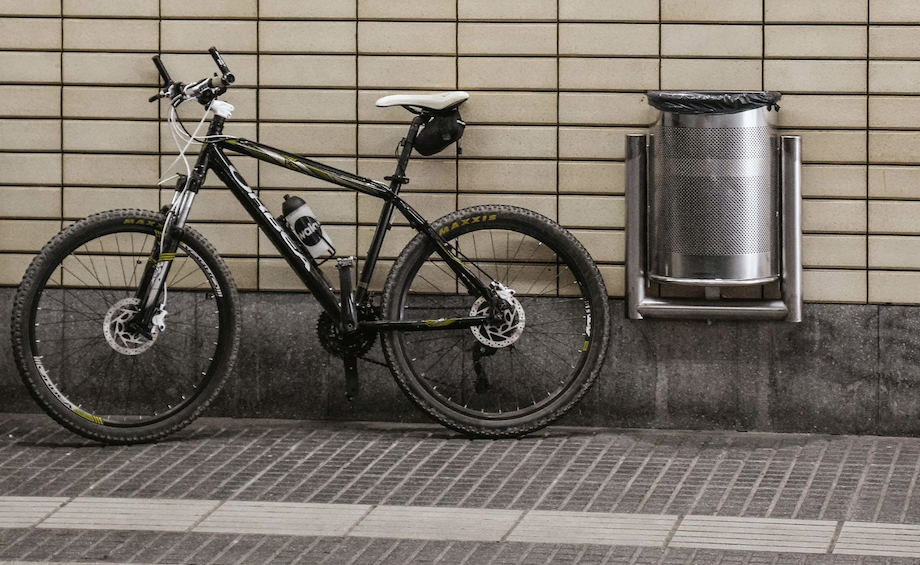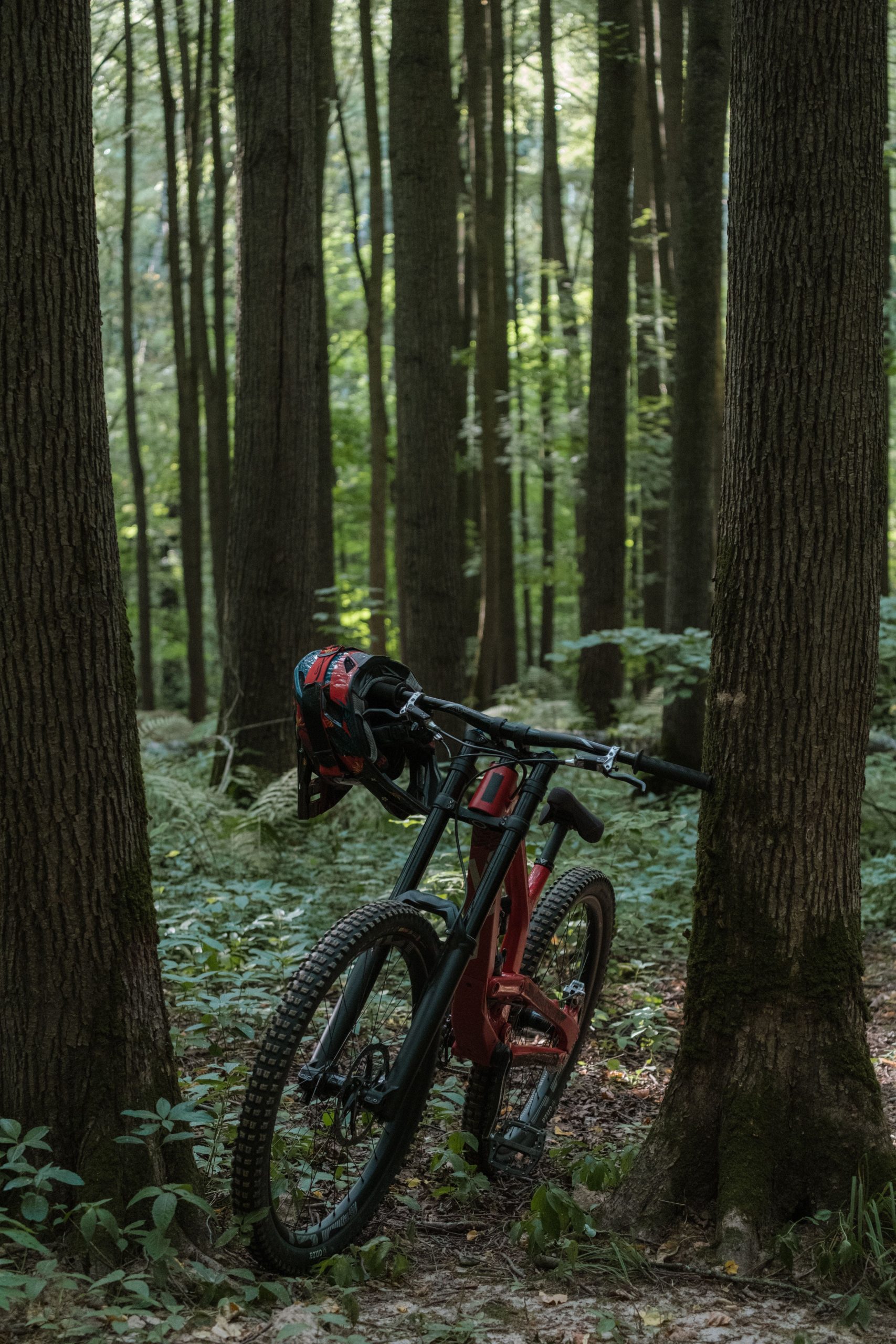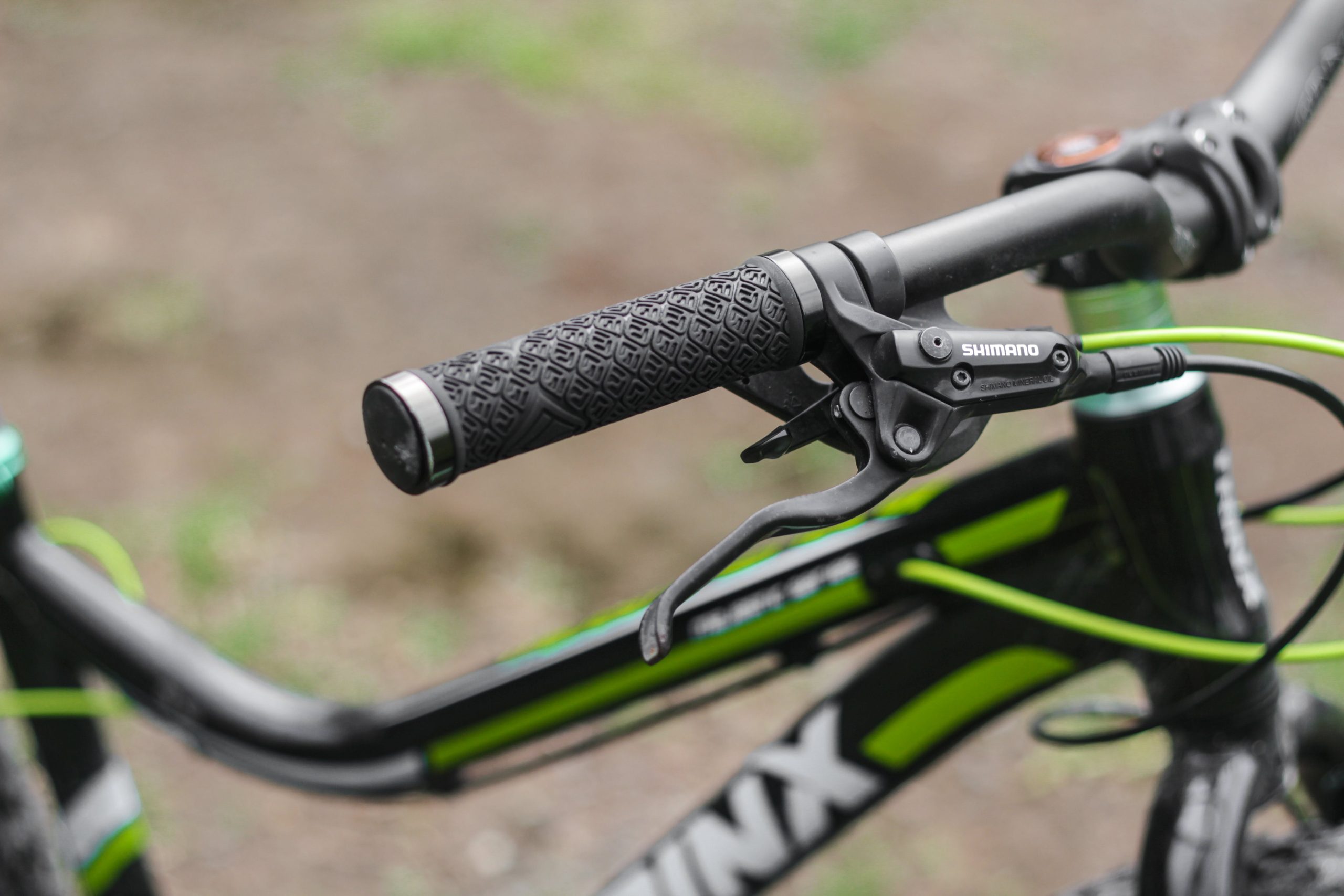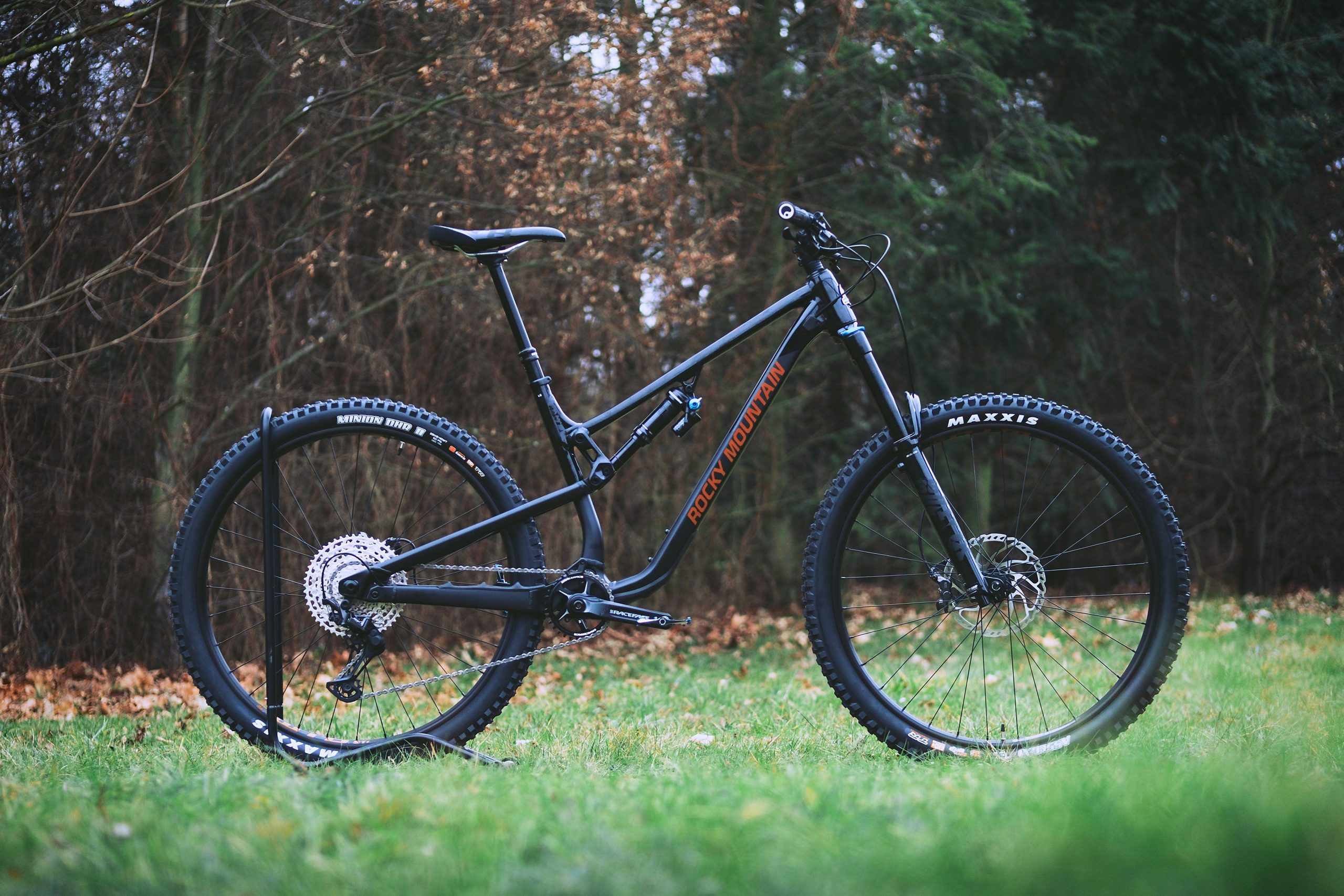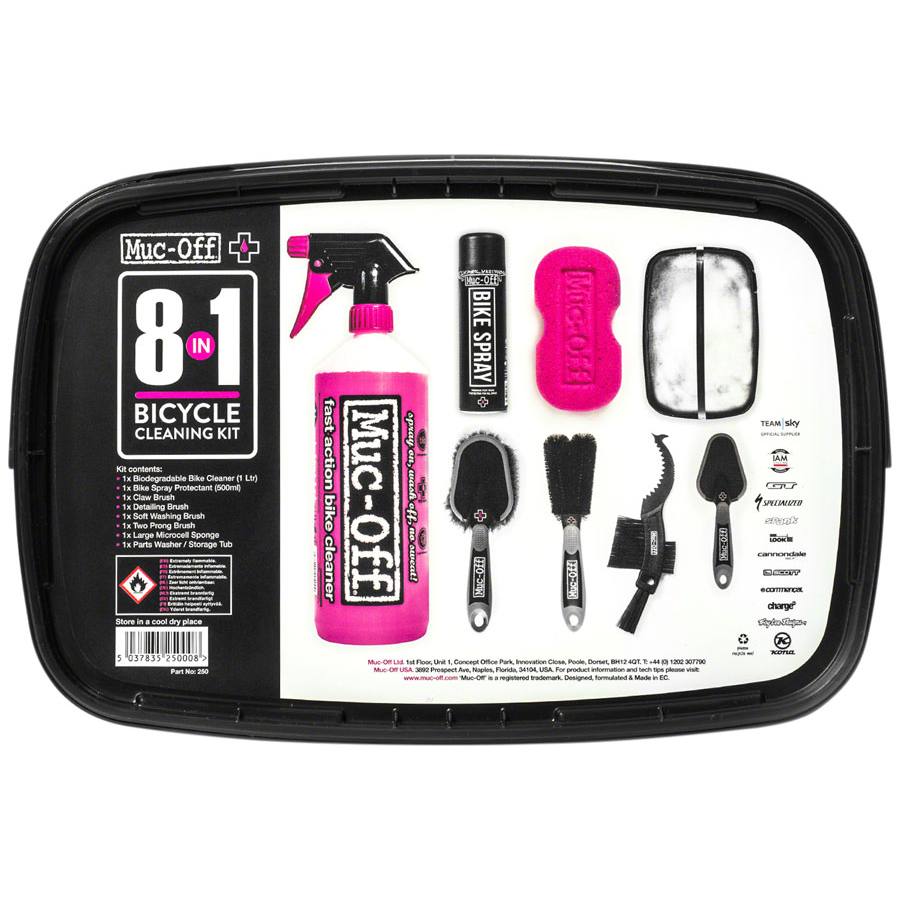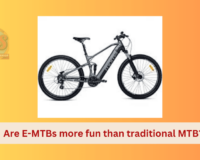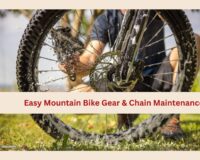Remember the first time you saw a mountain biker whisking down a trail, their wheels gripping the terrain with an almost magical hold, even in the most challenging conditions? How did that happen? Didn’t it appear like a magic? That magic, my reader’s It’s in the disc brakes. If you’ve ever felt lost or overwhelmed at the idea of purchasing aa mountain bike with disc brake’s, you’re not alone. Many have been in your shoes, including me. That’s why I’ve put together this simple guide for you all. From understanding their unique advantages to knowing how they perform across varying terrains and weathers, we’ve got you covered. Whether you’re just starting your biking journey or have countless trails under your belt, this guide is your key to a safer and more exhilarating ride. Let’s rediscover that magic together!
Introduction: The Magic Behind Disc Brakes: The Ultimate Game-Changer for Mountain Bikers
Mountain biking is not just a sport; for many, it’s a passion, a way to reconnect with nature and test one’s limits. And at the heart of this exhilarating experience lies the importance of safety and control. Enter disc brakes – the unsung heroes that make your adventurous rides smoother and safer.
Benefits of Mountain Bikes with Disc Brakes
1. Consistent Performance in All Conditions: Unlike traditional rim brakes, which can lose effectiveness in wet or muddy conditions, disc brakes offer consistent stopping power. Come rain, mud, or snow, they’ve got your back.
2. Better Heat Dissipation: During intense downhill rides, brakes can get hot, affecting their performance. Disc brakes dissipate heat more effectively, ensuring they remain functional even during the most demanding descents.
3. Greater Stopping Power: Due to their design and mechanism, disc brakes provide better leverage, translating to powerful and efficient stopping even at higher speeds.
4. Less Maintenance: They are less prone to wear and tear, meaning fewer replacements and adjustments compared to traditional brakes.
A Brief Stroll Down Memory Lane: The Evolution of Disc Brakes in Mountain Biking
The introduction of disc brakes to the world of mountain biking was a revolutionary step. In the early 1990s, as mountain biking grew in popularity, it became evident that the traditional rim brakes had limitations, especially in adverse conditions. Enter disc brakes, initially used in automobiles and motorcycles. The mountain biking community quickly adopted them, recognizing their superior performance. Since then, they’ve become the gold standard for mountain bikes, offering reliability, consistency, and unparalleled control.
Why Picking the Right Mountain Bike with Disc Brakes Matters
Choosing a mountain bike is like choosing a travel partner. The right one makes the journey enjoyable, while the wrong one can turn it into an ordeal. The same goes for disc brakes. There are various types – hydraulic, mechanical, and more – each with its own set of pros and cons.
Understanding your riding style, terrain preferences, and budget can make a huge difference in your choice. A weekend trail rider might have different requirements compared to a downhill racer. Thus, making an informed decision based on your needs ensures not only a thrilling ride but also optimum safety.
The introduction of disc brakes to mountain bikes was more than just an upgrade; it was a transformation. They have played a pivotal role in ensuring riders have both fun and safety while conquering challenging terrains. So, as you embark on your journey to find the perfect mountain bike, remember the magic of disc brakes and let them guide you to an unparalleled riding experience.
Types of Disc Brakes: Mechanical vs. Hydraulic
Mountain biking has come a long way, and so have the technologies that power our rides. Disc brakes, as we’ve discussed, are integral to this evolution. But did you know there are different types of disc brakes? Let’s dive deep into the world of Mechanical and Hydraulic disc brakes, understanding their workings, advantages, disadvantages, and ideal scenarios to use them.
Mechanical Disc Brakes
How They Work:
Mechanical disc brakes, also known as cable-actuated disc brakes, operate with a cable that runs from the brake lever to the caliper. When the lever is squeezed, the cable tightens, causing the brake pads to clamp down on the disc rotor, which in turn slows down or stops the bike.
Pros:
1. Simplicity: Easier to install and adjust.
2. Maintenance: Can be maintained with basic tools and doesn’t require specialized knowledge.
3. Cost: Generally more affordable than their hydraulic counterparts.
Cons:
1. Modulation: Less smooth braking as compared to hydraulic brakes.
2. Effort: Requires more hand strength to achieve the same braking force.
3. Performance Decline: The cables can stretch over time, affecting performance.
Best Use Cases:
Mechanical disc brakes are ideal for casual riders, those on a budget, or individuals who prefer easy maintenance. They’re great for city rides, light trail riding, or for any biker who values simplicity and affordability.
Hydraulic Disc Brakes
How They Work?
Hydraulic disc brakes use a sealed system filled with brake fluid. When the brake lever is squeezed, it pushes the fluid through the system, which then activates the brake pads to clamp onto the rotor.
Pros:
1. Smooth Braking: Offers excellent modulation, allowing for smoother and more controlled braking.
2. Power: Less hand force required for strong braking.
3. Reliability: No cables to stretch or wear out, ensuring consistent performance.
Cons:
1. Maintenance: Requires specialized knowledge and tools to repair and maintain.
2. Cost: Typically more expensive than mechanical brakes.
3. Potential for Leaks: Though rare, hydraulic systems can develop leaks which may affect performance.
Best Use Cases:
Hydraulic disc brakes are best for serious mountain bikers who frequently tackle challenging terrains, downhill riders seeking superior stopping power, or anyone who desires optimal braking performance and modulation.
To summarize, the choice between mechanical and hydraulic disc brakes is largely a matter of personal preference, riding style, and budget. Both have their strengths and shortcomings. The key is understanding your riding needs and matching them with the right braking system to ensure every ride is both thrilling and safe.
Factors to Consider When Buying a Mountain Bike with Disc Brakes
The beauty of mountain biking is that it’s as varied as the riders themselves. From serene trail rides to adrenaline-pumping downhill races, there’s a style, terrain, and weather condition for everyone. But how do you ensure that your bike, especially its disc brakes, aligns with your unique biking profile? Let’s explore the key factors to consider.
Riding Style
Riding Style & Disc Brake Choice!
Your riding style dictates a lot, from the type of bike frame you need to the kind of disc brakes that would best serve you. For instance, someone frequently engaging in aggressive downhill rides would prioritize stronger and more responsive brakes over someone who enjoys casual weekend rides.
Best Mountain Bike with Disc Brakes for Different Riding Styles:
1. Trail Riding: For general trail riding, both mechanical and hydraulic brakes can suffice. However, hydraulic brakes offer smoother modulation which can be beneficial for varied trails.
2. Downhill & Enduro: For high-speed descents and challenging tracks, hydraulic disc brakes are a must due to their superior stopping power and modulation.
3. Cross-Country: Weight becomes a crucial factor here. Lighter hydraulic systems or efficient mechanical brakes can be considered, based on personal preference and trail specifics.
Terrain
Terrain & Disc Brake Choice?
The type of terrain you frequent plays a vital role in determining brake choice. Rougher terrains require brakes that offer consistent performance and can handle the wear and tear of debris.
Best Mountain Bike with Disc Brakes for Different Terrains:
1. Flat Terrains: Mechanical brakes are often sufficient, offering adequate stopping power for less demanding terrains.
2. Mountainous and Rocky Terrains: Hydraulic brakes, with their superior modulation and power, are ideal for these challenging terrains where sudden stops might be necessary.
3. Mixed Terrains: For riders who tackle a bit of everything, hydraulic brakes are recommended due to their versatility and consistent performance.
Weather Conditions
Weather & Disc Brake Choice?
Weather can affect the performance of disc brakes. Wet and muddy conditions can challenge the efficiency of rim brakes, making disc brakes the preferred choice.
Best Mountain Bike with Disc Brakes for Different Weather Conditions:
1. Dry Conditions: Both mechanical and hydraulic disc brakes perform efficiently.
2. Wet & Muddy Conditions: Hydraulic disc brakes shine here due to their sealed system and consistent performance, regardless of external conditions.
3. Snowy or Icy Conditions: Hydraulic brakes, with their precise modulation, offer better control in slippery situations.
In conclusion, the world of mountain biking is vast and diverse. Choosing the right bike equipped with the perfect disc brakes ensures not only a safer ride but also a more enjoyable one. Take time to evaluate your riding style, the terrains you tackle, and the weather conditions you often ride in. By aligning these factors with your bike and brake choice, you’re setting yourself up for countless memorable adventures on the trails. Happy riding!
Maintenance and Care for Mountain Bikes with Disc Brakes
Like any high-performance machine, a mountain bike, especially one equipped with disc brakes, requires regular maintenance to ensure optimal performance. Proper care not only prolongs the life of your bike and its components but also ensures a safer and more efficient ride.
Cleaning and Lubrication
How to Clean and Lubricate Mountain Bikes with Disc Brakes?
1. Cleaning: Begin by using a soft brush to remove loose dirt and debris from the brakes and rotor. Use a bike-specific cleaner or a mild soapy solution to clean the rotor, ensuring to avoid any oil or lubricants on the braking surface. Rinse with clean water and dry using a soft cloth.
2. Lubrication: While the braking surface should be kept free from oils and lubricants, the moving parts of the brake caliper can benefit from periodic lubrication. Use a bike-specific lubricant and apply sparingly to these parts.
Best Practices:
1. Always ensure the braking surface remains free from oils and contaminants.
2. Regularly check for any signs of wear or damage, especially after intense rides.
3. If your brakes start making unusual noises, a thorough cleaning might be needed.
Brake Pad Replacement
When and How to Replace Brake Pads?
1. When: The thickness of the brake pad material is a good indicator. If the pad wears down to a thickness of about 1mm or less, it’s time for a replacement. Also, if braking becomes less efficient or produces a squealing sound, check your pads.
2. How: With the bike steady, remove the wheel. Using appropriate tools, extract the retaining pin or clip from the brake pad. Slide out the worn pads and replace them with new ones. Ensure the pads are seated properly and replace the retaining pin or clip.
Best Practices:
1. Always refer to the manufacturer’s guidelines for specific brake models.
2. Periodically inspect the pads for uneven wear.
3. After replacement, do some gentle braking to bed in the new pads. This helps in achieving optimal performance.
Conclusion
Mountain bikes with disc brakes are undeniably a game-changer. Their consistent performance, adaptability to diverse terrains and weather conditions, and the sheer power they provide can significantly elevate the biking experience. However, as with any piece of advanced equipment, understanding its nuances and ensuring proper maintenance is key.
As you consider diving into the world of mountain biking or perhaps upgrading your existing bike, always weigh in your riding style, preferred terrains, and often-encountered weather conditions. The right bike with the perfect disc brakes tailored to your needs will not only promise thrilling escapades but also ensure that safety never takes a backseat.
Remember, the journey of mountain biking, filled with challenges, breathtaking views, and personal achievements, becomes even more rewarding when you’re equipped with the right knowledge and gear. Here’s to many safe and exhilarating rides ahead!
Frequently Asked Questions (FAQ)
1) Do mountain bikes benefit from the use of disc brakes?
Yes, mountain bikes often benefit from the use of disc brakes. Disc brakes provide superior stopping power, especially in wet and muddy conditions, making them a popular choice for off-road riding. They offer better modulation and control, helping riders maintain stability and confidence on challenging trails. Additionally, disc brakes require less maintenance compared to traditional rim brakes, making them a practical choice for many mountain biking enthusiasts.
2) Are disc brakes or drum brakes superior for bicycles?
Disc brakes are generally considered superior to drum brakes for bicycles. Disc brakes offer several advantages, including better stopping power, improved modulation, and more efficient heat dissipation. They are particularly well-suited for high-performance and off-road biking, providing consistent and reliable braking even in adverse conditions.
Drum brakes, on the other hand, are less common on modern bicycles and are often found on older or utility-style bikes. While they are more enclosed and less susceptible to external elements, they tend to offer less stopping power and modulation compared to disc brakes. Ultimately, the choice between the two depends on your specific biking needs and preferences.
3) Do bikes with disc brakes have reduced speed?
Bikes with disc brakes do not inherently result in reduced speed. The choice of brake type (disc or rim) is primarily about braking performance and modulation, with disc brakes often offering advantages in adverse conditions. A bike’s speed depends on various factors, including the rider’s fitness, terrain, tire choice, and overall bike design, rather than the brake type.
4) Do disc brakes on bicycles produce noise?
Bike disc brakes can sometimes produce noise, especially in wet or muddy conditions. This noise is often described as a squealing or squeaking sound, which can be caused by contamination, pad glazing, or other factors. However, proper maintenance and adjustment can minimize or eliminate disc brake noise, ensuring quieter and more efficient braking performance.
5) What is the process for cleaning disc brakes on a bike?
To clean your bike’s disc brakes, start by removing the wheels to access the rotors. Wipe the rotor surfaces with isopropyl alcohol to remove any contaminants, and check the brake pads for debris. Reassemble the wheels, ensuring they are properly secured, and test the brakes to ensure they are functioning correctly. This routine maintenance helps keep your disc brakes in good working condition and enhances your bike’s braking performance.
6) How should I select a mountain bike based on my height?
Choosing the right mountain bike based on your height is essential for a comfortable and efficient ride. Refer to the manufacturer’s size chart for frame size recommendations corresponding to your height, ensuring adequate standover clearance and a comfortable reach to the handlebars. Test ride different bikes to find the most comfortable one, and remember that sizing can vary between brands and models, so expert advice from your local bike shop can be helpful.
7) What are the indicators of a high-quality bike?
To evaluate a bike’s quality, consider factors such as frame material (preferably aluminum, carbon fiber, or steel), reputable components from Hope Tech have well-executed welding and finishing, a comfortable ride feel, and the manufacturer’s reputation. While price matters, it’s not the sole indicator. This combination of factors will help you make an informed decision when selecting a high-quality bike.

